Just as mentioned before, a short stay here was enough to become witness of this city’s traffic chaos. Somehow we managed to find a parking lot and we ate the best Panini in the world here. Unfortunately, we can’t remember the place. We have to be more attentive in the future. But don’t be afraid, there is more than one eating option here!
The island’s capital has around 700.000 residents and is Italy’s 5th largest city. It’s Sicily’s political and cultural centre.
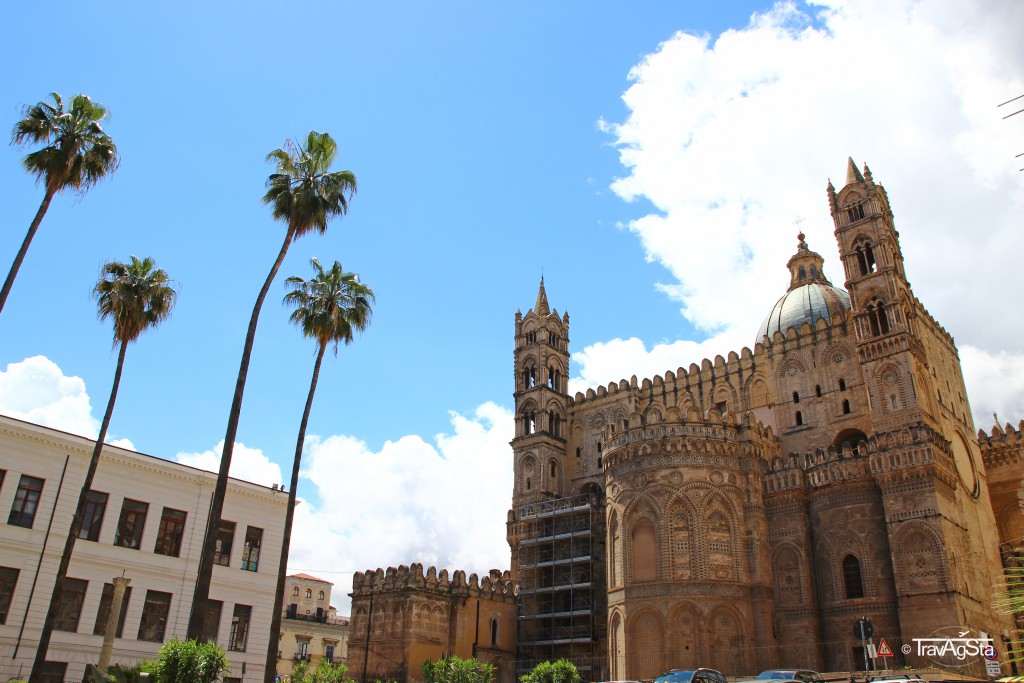
History
I don’t want to write so much about the details. But you should be a little bit informed when here. It explains a lot of the cultural and visual appearance of the city.
Phoenicians founded the city in the 8th century B.C., but the time of their cultural prosperity was under the reign of the Normans. The best example for the culture mix is the Cathedral of Palermo: It was first a church, rebuilt to a mosque and then became a church again. It just depended who had the power back then.
The Arabs made Palermo Sicily’s capital and to one of the most important trade centres in the Mediterranean Sea.
With the Normans, Palermo finally became a melting pot of Arab, Jewish, Byzantine and Christian culture.
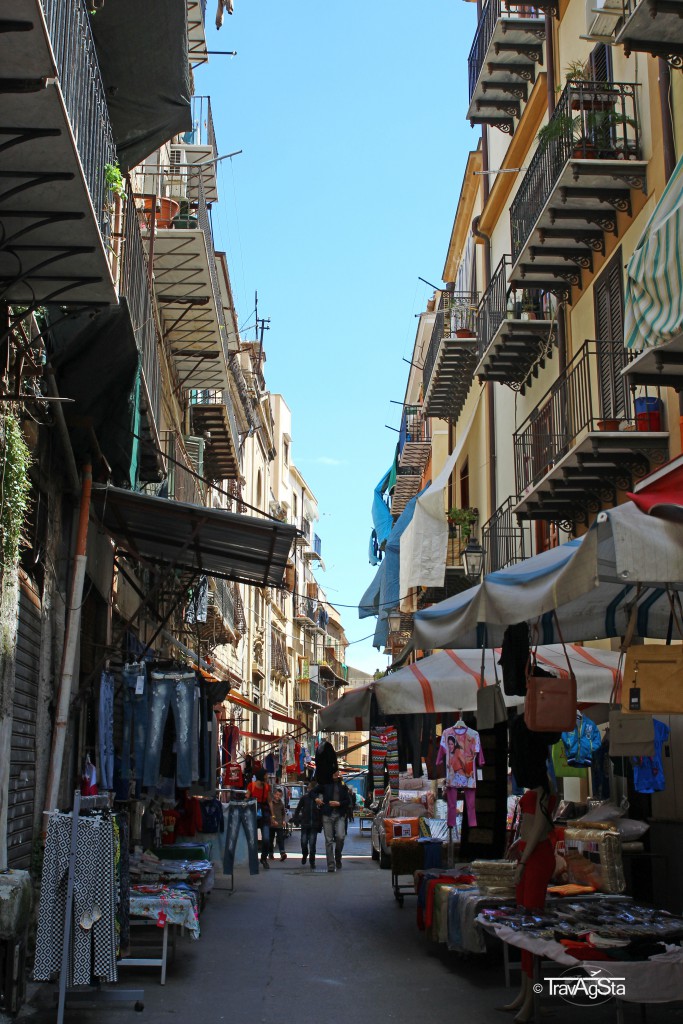
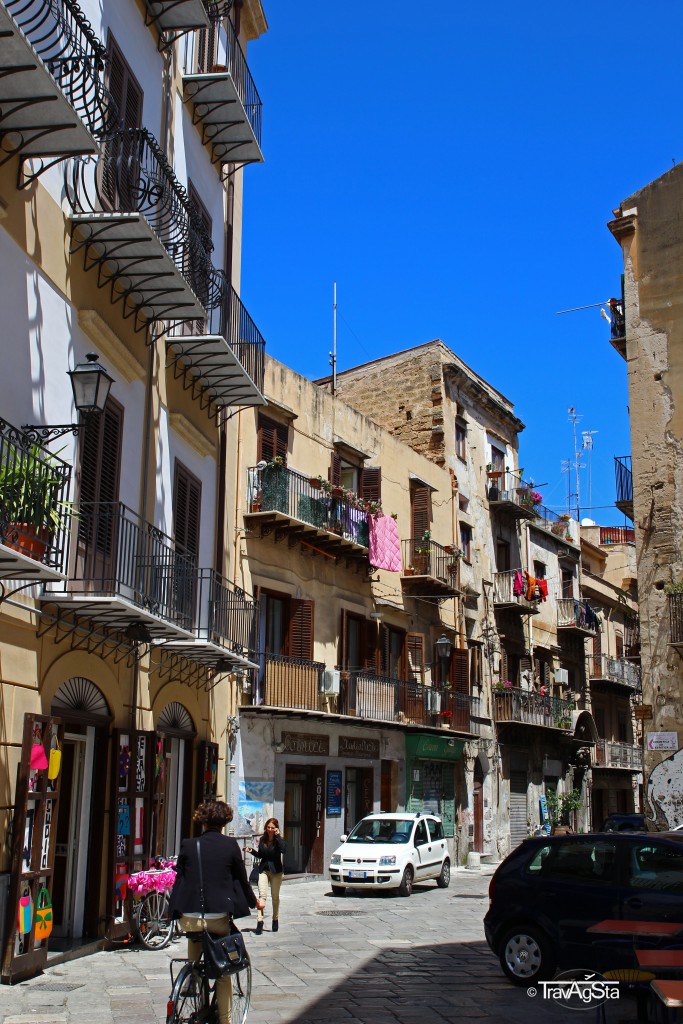
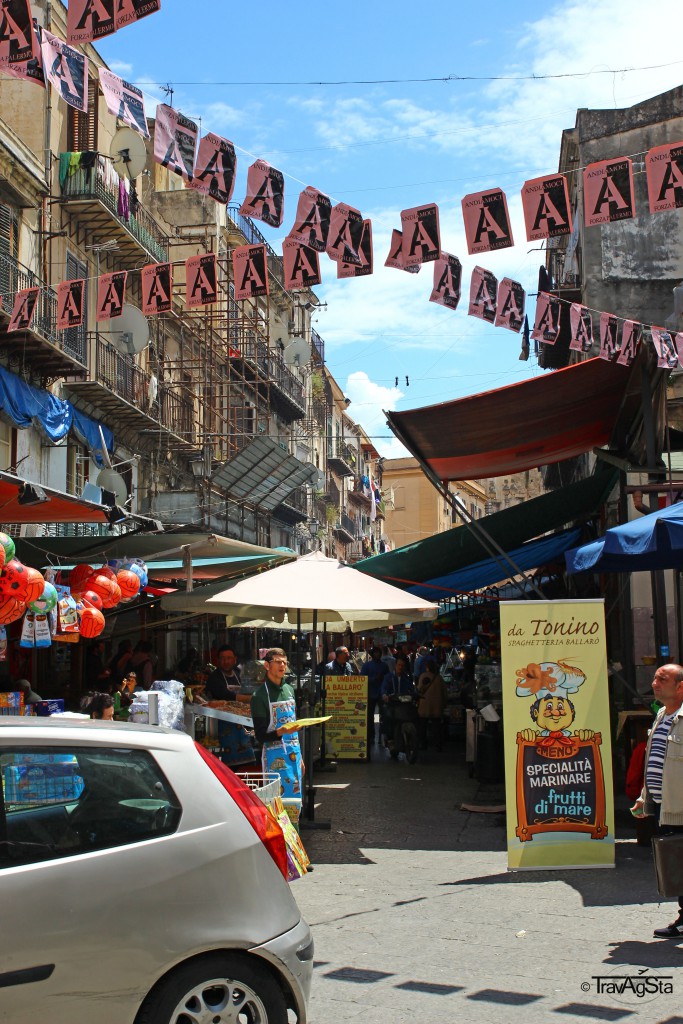
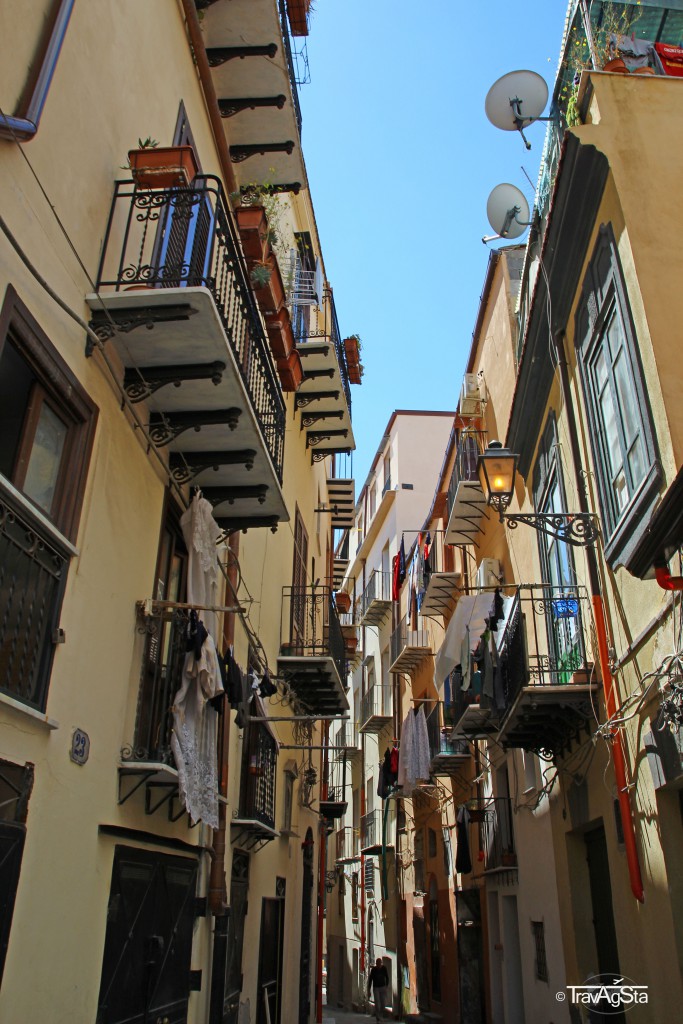
Lost in Palermo
Somehow Palermo is a moloch and the emissions are unpleasant. Of course, this is not the only city in the world where this is true.
The most beautiful thing about Palermo were the amazing alleys and sometimes hidden little markets. This was the good kind of getting lost, as you get to know a little bit of local’s life. I loved the laundry hanging outside in the narrow alleys. This is what I have in mind when thinking about Italy.
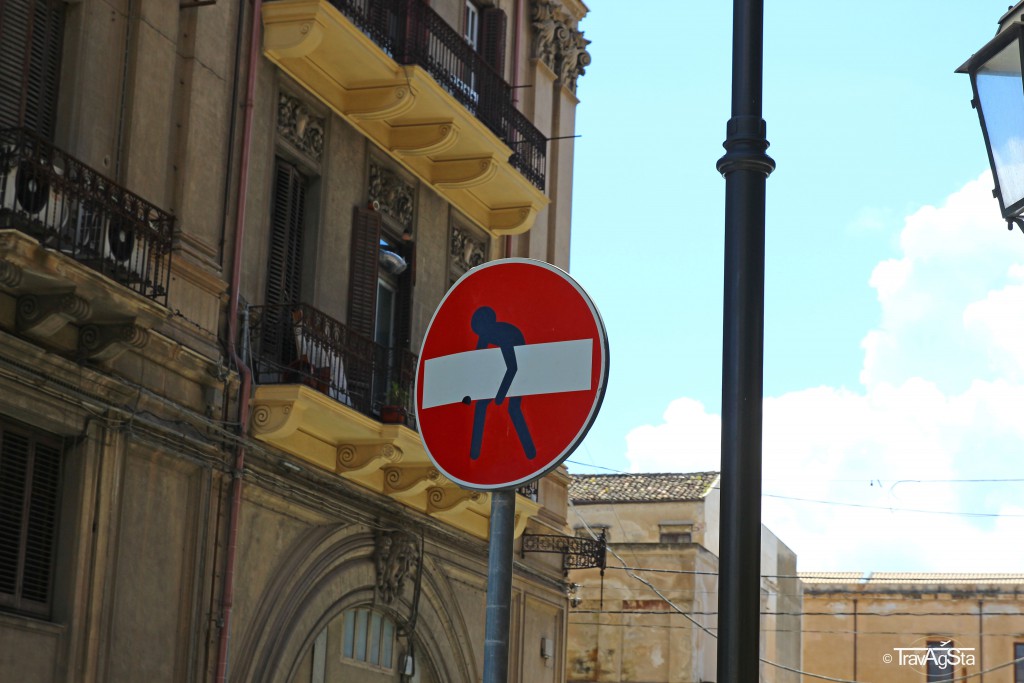
Sightseeing
We already mentioned a little bit before. The good thing is, everything is in walking distance. What we were really mad about: We forgot to see the Fontana Pretoria. We realized that when being stuck in traffic and seeing it from the car.
The mix of Arab and Norman style is best seen in Palermo.
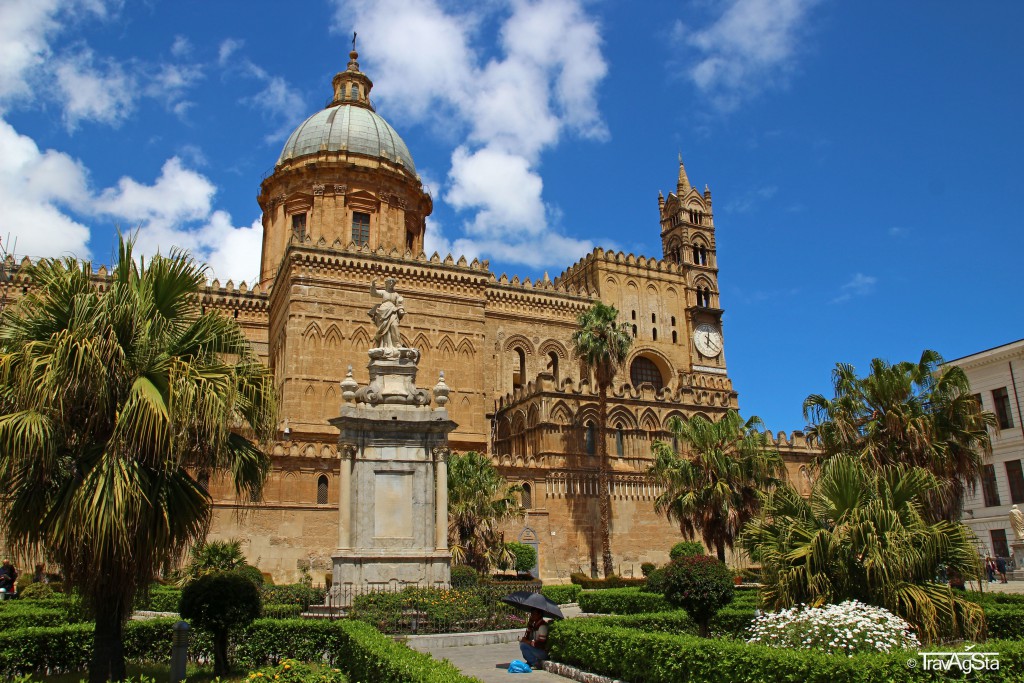
Cathedral Maria Santissima Assunta
The cathedral was built in the 12th century. Over the centuries, it was rebuilt over and over again and impresses visitors as well as locals. For a certain time, it was also used as a mosque.
For Germany, it’s of historical interest as Staufer emperors Henry VI and Frederick II are buried here.
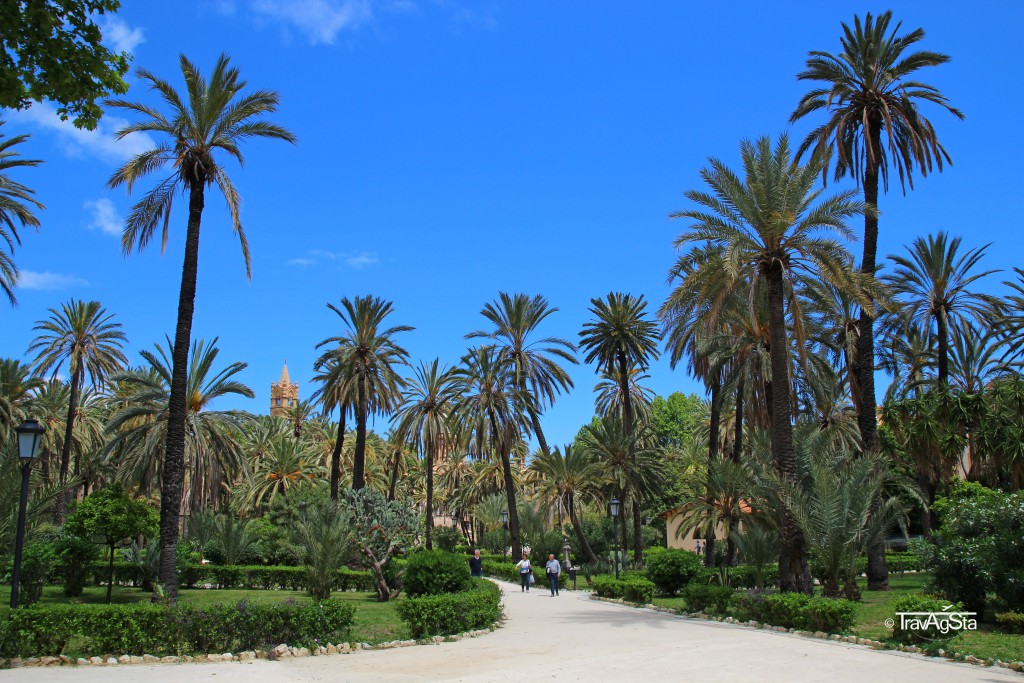
Palace of the Normans/Palazzo Real
It was once the domicile of Sicilian Kings. Today it’s the seat of the Sicilian parliament.
In the 9th century, the Emir of Palermo built this palace as a summer domicile. After the Norman’s conquest, they rebuilt the palace and used it for their own kings.
Unfortunately, we couldn’t see it from the inside as it was closed due to an event. But the inner court is said to be really beautiful.
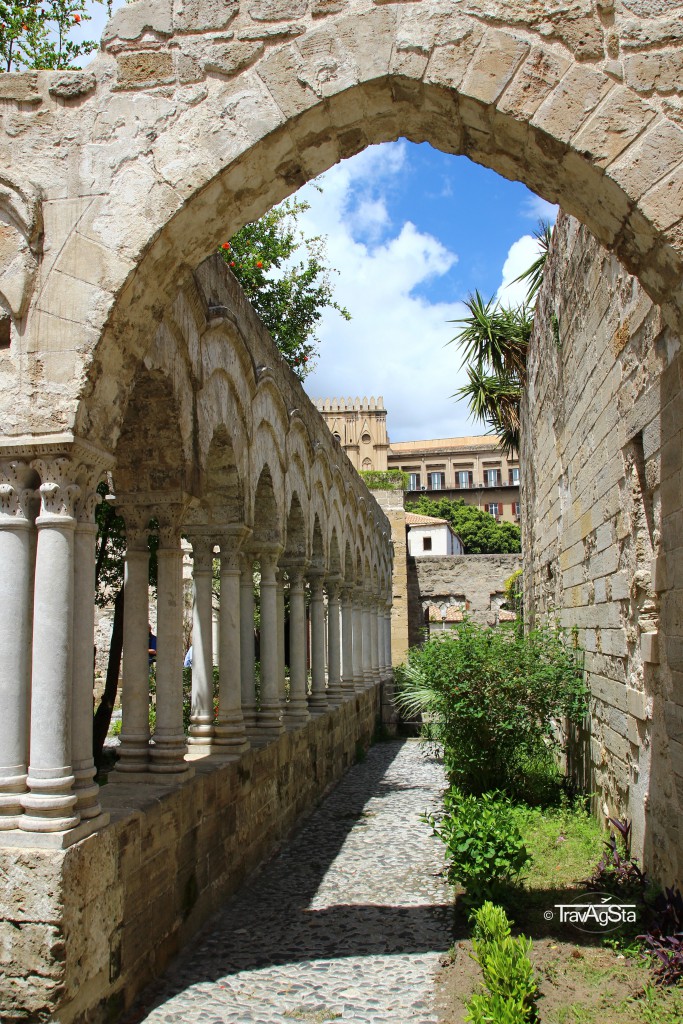
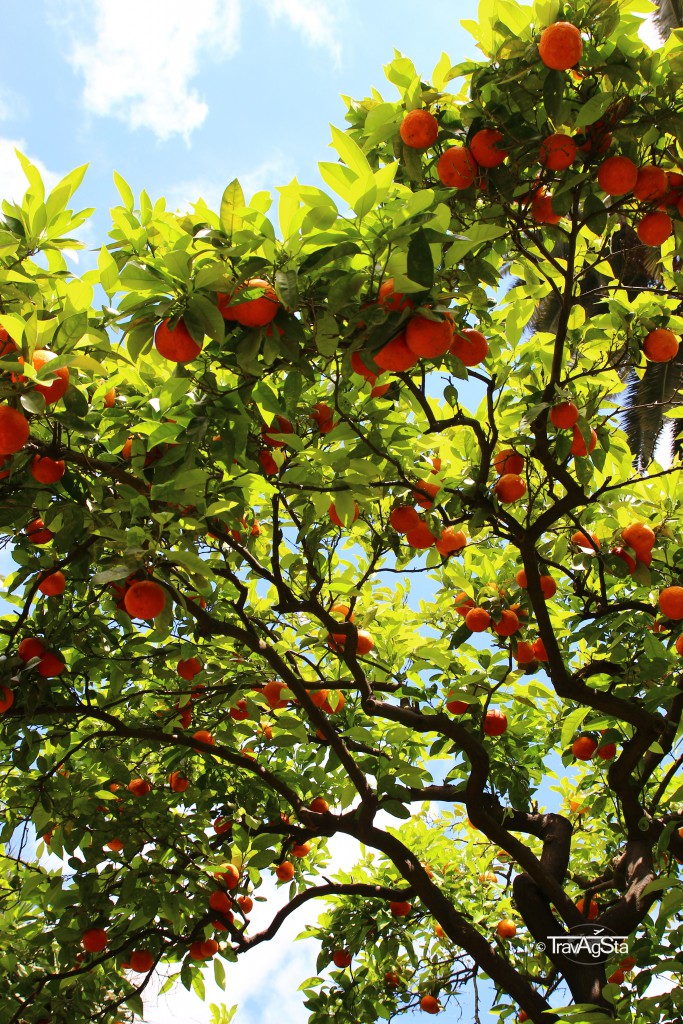
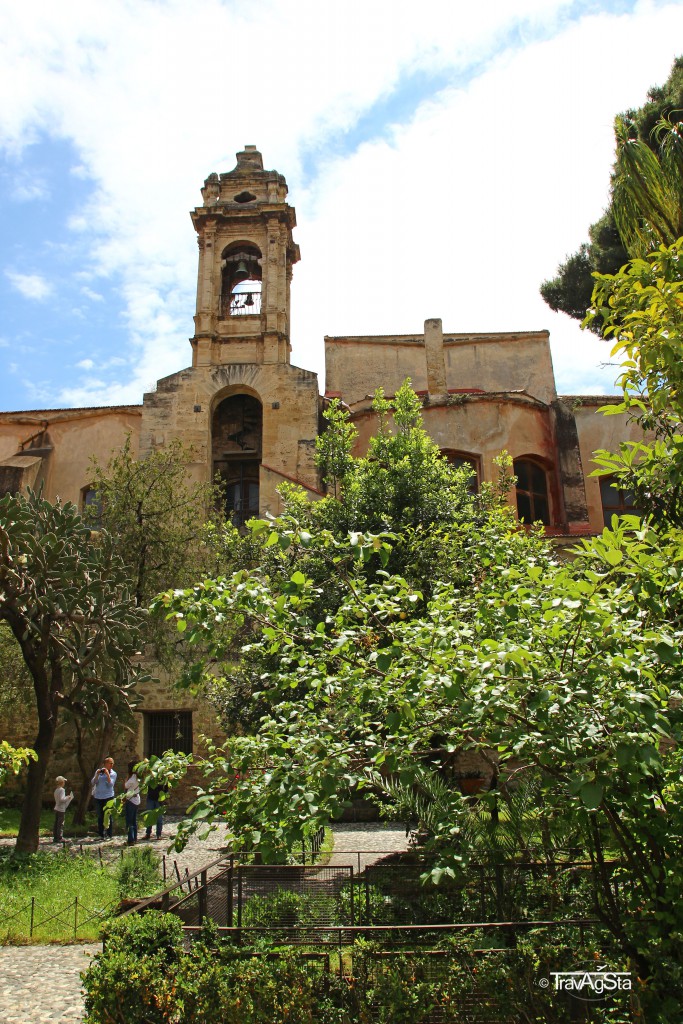
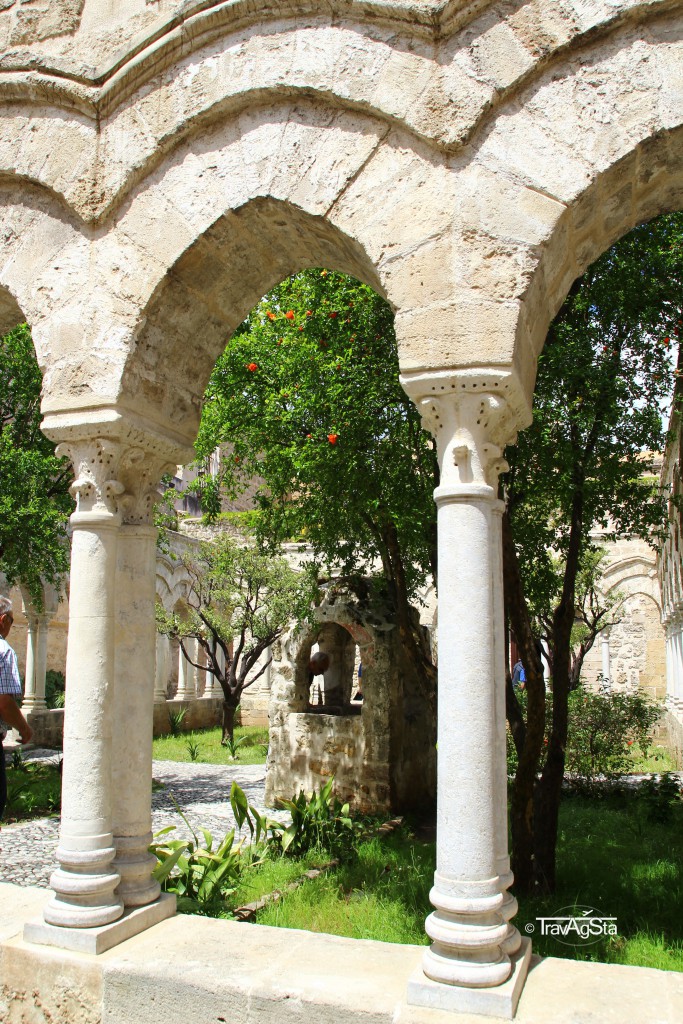
San Giovanni degli Eremiti
This is a church built in the 6th century and is near the Palace of the Normans. The cloister was really beautiful and worth the visit.
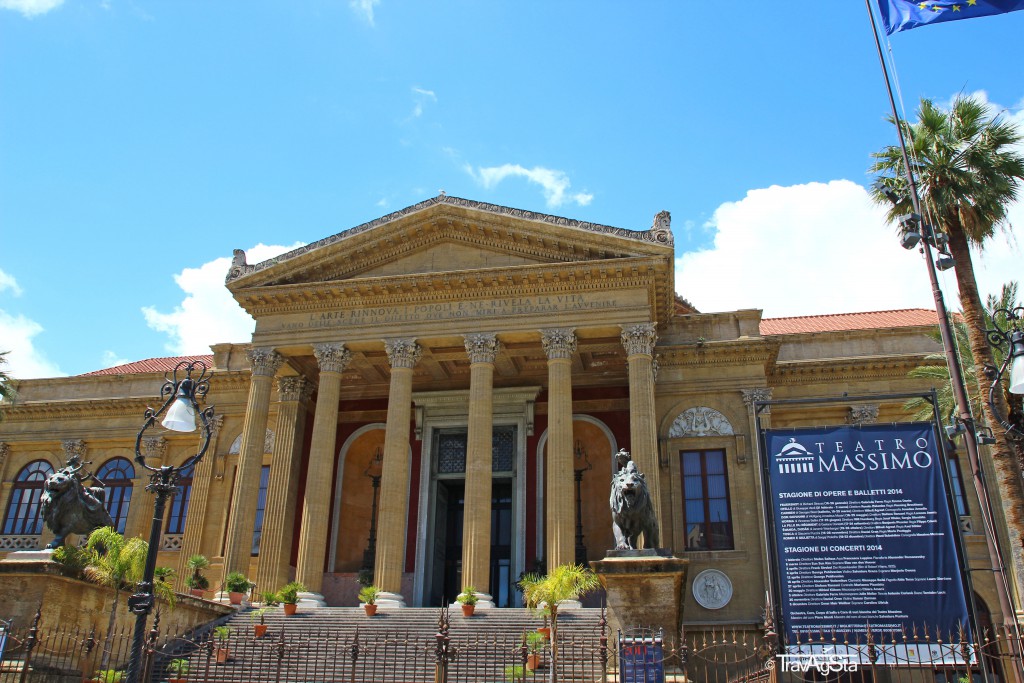
Teatro Massimo
The opera was built in the end of the 19th century. It’s Italy’s biggest and Europe’s third biggest opera.
I have to repeat: Don’t forget the alleys. They were the reason, why I regretted not staying longer here.
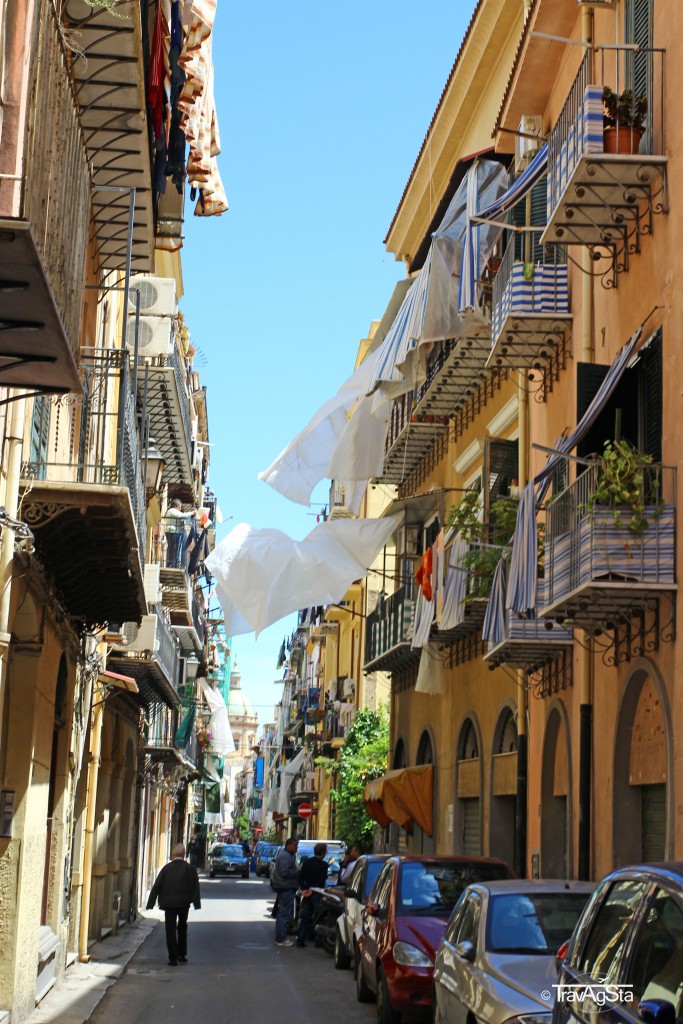
Look at our picture gallery here!

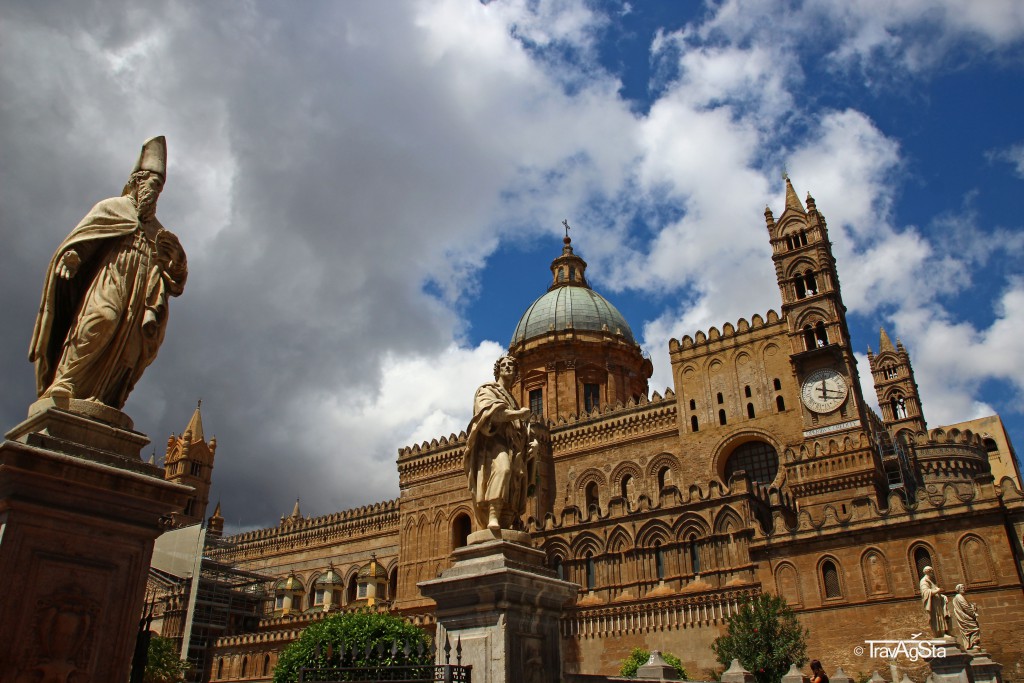
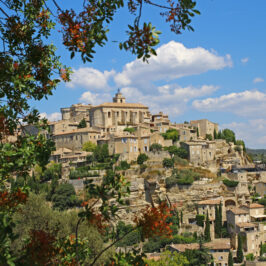
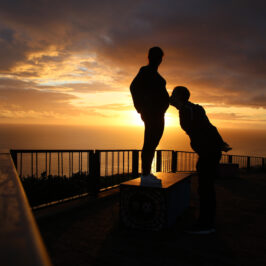
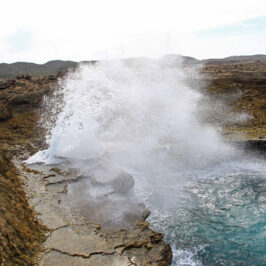
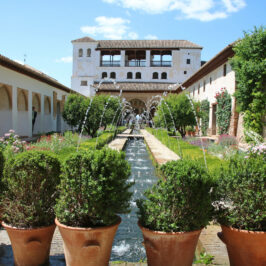
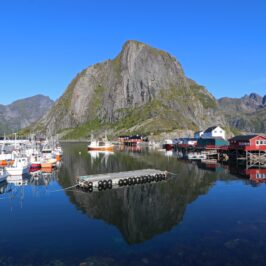
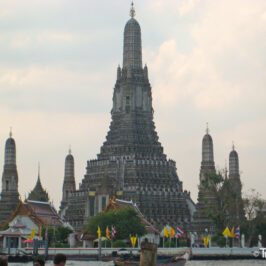
Leave a Reply